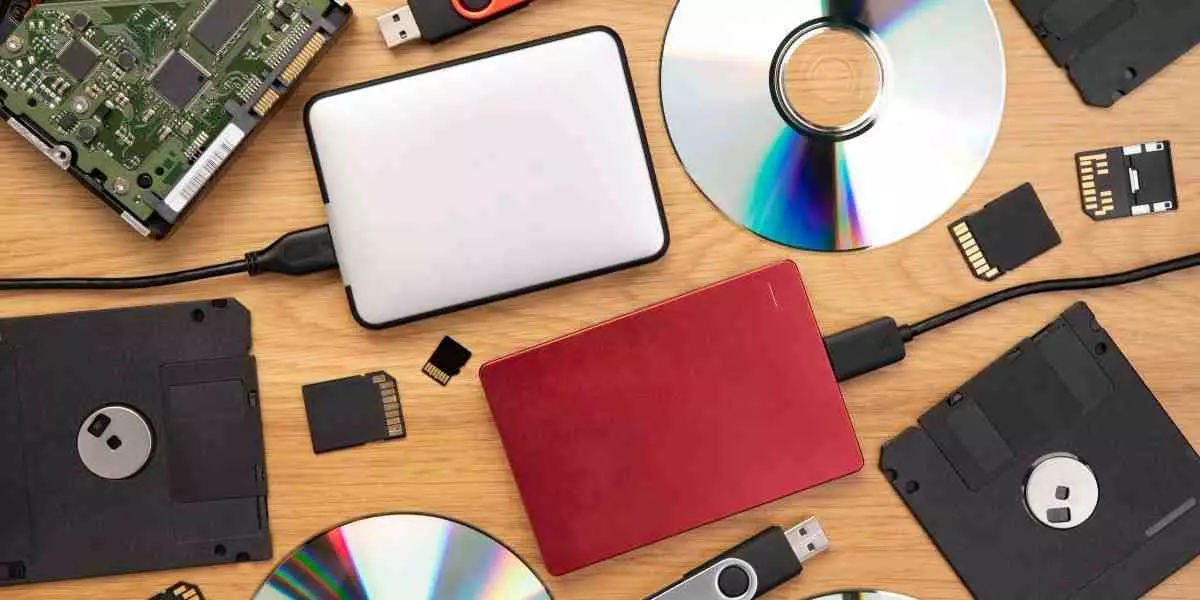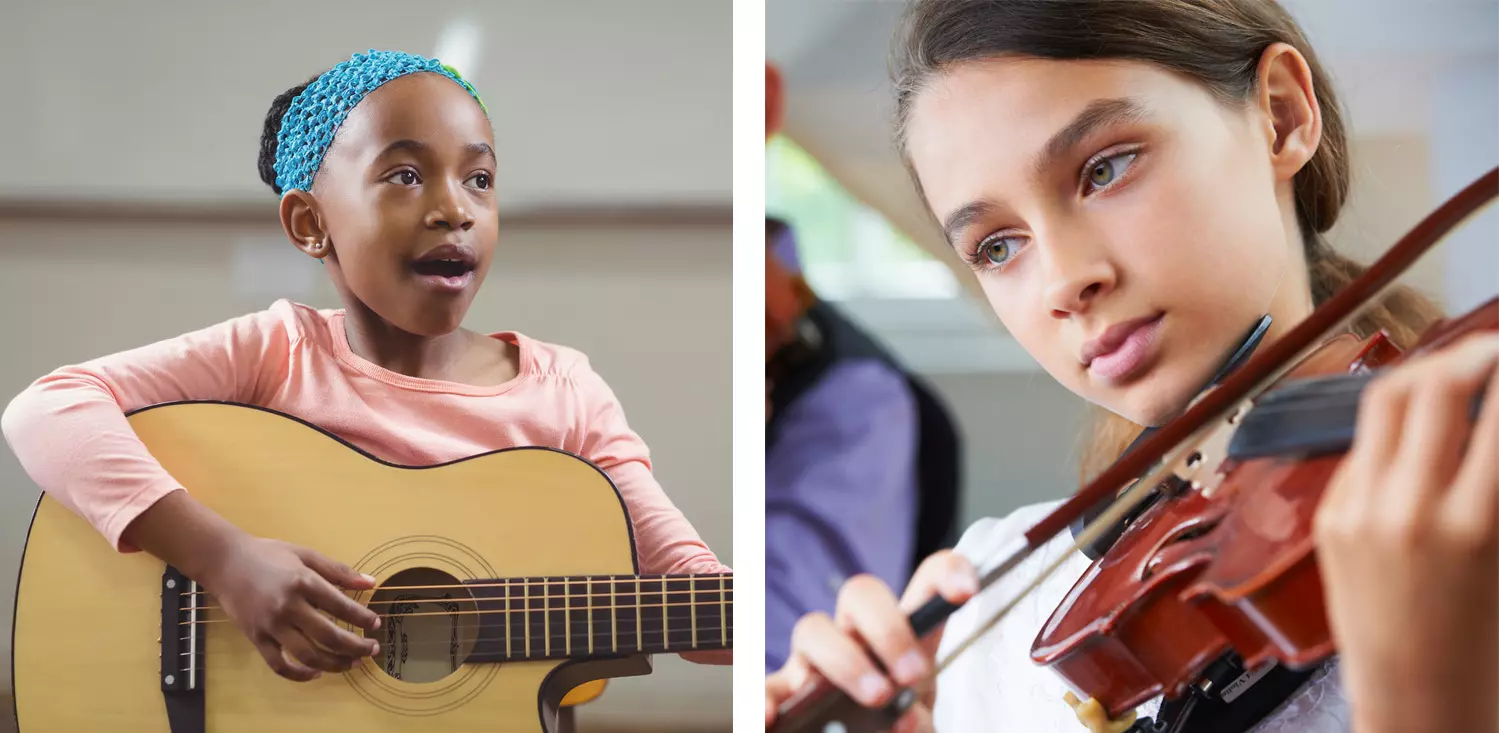For the Love of Learning

Picking up an instrument for the first time is exciting and terrifying, all possibility and potential, and desire to make beautiful sounds. Sometimes we do it to emulate our musical heroes. Sometimes it’s part of our school curriculum. Sometimes we do it because our friends are. Sometimes we do it because it’s part of us that can no longer remain silent and we have to give voice to our inner musician!
Over the course of many years working with schools and teachers, one of the things that comes up most often about not yet musically proficient people are questions about how to foster success for students who are learning at school, for adults who are going back to an instrument, or any other person who is early in their musical career. Whether this information is applied to you or your favourite students, here are a few time tested ideas that can help.
Start as you wish to continue. Successfully! Ensure that the instrument is in proper working order. It doesn’t matter if you pull your old instrument out of a closet or a neighbour’s basement, or if you have something brand new from the shop, make sure that it is clean, well maintained, and has recently seen a technician. There’s nothing worse than not knowing if the problem is the student or the instrument, unless it’s that the problem is the instrument and the student believes it’s their fault and loses motivation.
While we’re talking equipment, make sure you have a music stand (or that your keyboard has a proper bench and music rest). Posture is one of the keys to technique and without technique, you can’t express passion! Other gear that helps hone musicianship regardless of instrument includes metronomes and tuners. Small handheld recording devices are a great way to hear yourself accurately in context.
Check out our selection of music stands, metronomes, tuners and handheld recorders!
Every individual instrument has essential items, supplemental items, and extras. For example, woodwind instruments will not make sounds without reeds, won’t go together properly without cork grease, and will soon become a biohazard without a cleaning swab. These are essentials! Supplemental items might include a reed guard, a mouthpiece brush, and a soft cloth for the outside of the instrument. Extras include things like extra cushioned neck straps, mouthpiece cushions, and specialty cases. Make sure you talk to your teacher or a music professional to discover the best things for your instrument. And don’t panic about the start-up costs; supplemental and extra items make great birthday and holiday gifts and can happen over time.
Check out our selection of woodwind accessories here!
When learning an instrument, it is a physical, kinesthetic act. With every practice session and rehearsal, you develop muscles, which develops into muscle memory, leading to automaticity, so you don’t have to think about what you’re doing; the music just flows. This is a process. Let it take time and don’t give up! Be gentle with yourself and your student, and follow best practices while you those skills and muscles develop. You can express yourself best when you focus on good technique. This includes waiting until you have qualified guidance the first time the instrument is assembled and for learning to make the first sounds.
Music is social and fun. Making music with other people is an important part of development, because music is communication! Music creates a “team” in a unique way, and practicing with friends can help give context and framework to the techniques that are being built. And teaching what has just been learned to someone else – like having your student teach you how to play a simple song on their instrument – reinforces that knowledge in a fun and positive way.
Check out our music lesson centre here!
For the times that social music making isn’t possible, collections of music arranged for the instrument from other disciplines can enhance practice. Many collections of popular, classical, Disney/Broadway/movie/TV music exist for all levels of player, some with accompaniment tracks. The tracks help give context and develop aural skills, keeping the player focused subconsciously on playing in time and in tune. There are also texts that can help keen students move forward on their own and reinforce new concepts.
Making music is a human thing, and finding ways to ensure success early on helps to ensure balance. Whether it’s for yourself or for a student, learning to play and finding your voice is an amazing outlet for creativity, and a chance to learn a lot about life while creating and appreciating beauty in the world. Even the most amazing players begin at the beginning, making crazy noises, and being unsure of themselves. Using these supports while learning will help the beautiful sounds come faster!
Trish is Long & McQuade’s Regional Manager, Educational Services in the Prairies. She’s based out of Calgary, AB.






.webp)


